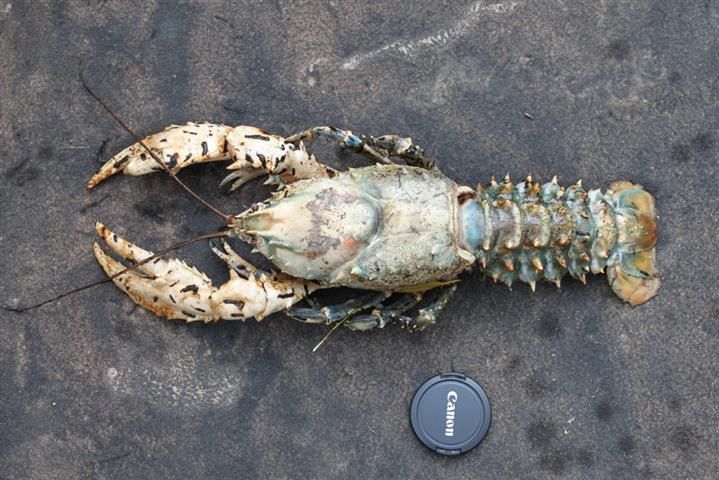The Murray crayfish (Euastacus armatus) is a large iconic freshwater species that is the basis of popular recreational fisheries in many areas of the southern Murray-Darling Basin. Despite the social importance of Murray crayfish, little information has been formally published about the species. The majority of data are only available as unpublished departmental manuscripts, theses, secondary references to unpublished data, or in items published outside of peer-reviewed scientific journals. Consequently, the information that is available about Murray crayfish is difficult to access.
Anecdotal reports by rural community members and recreational fishers indicated that Murray crayfish populations had declined in distribution and abundance over the last 50 – 60 years. However, the lack of scientific data regarding its status and biology of this species, and the impacts of potential threatening processes, had limited the ability to validate reported declines and develop successful management strategies. This report reviewed and assimilated all available information on Murray crayfish (both published and accessible unpublished material), and identified key knowledge gaps relevant to sustainable management of the species.
Key findings:
The report summarises knowledge of the ecology, distribution and management of the species. Ecological knowledge included summarised species description; taxonomy; systematics; historical and current distribution; population genetics; anatomy and sense perception; habitat use and requirements; environmental tolerances; diet; movement, migration and diel activity; diseases and parasites; reproduction and recruitment; age and growth; size at maturity; mortality; population structure; sex ratios; historical and current abundance and ecological role.
Information about managing Murray crayfish includes historical translocations in NSW; commercial and recreational fisheries management; and aquaculture. A range of management recommendations are presented, including requirements for improved monitoring, controls on trade and movement, improved water allocation, community education approaches, improved habitat management and rehabilitation, promotion of interstate consistency of fishery regulations, increased enforcement capacity, and developing a collaborative management and conservation relationship with Aboriginal stakeholders.
Threats to the species are outlined including:
- River regulation
- Pesticides and pollution
- Overfishing
- Habitat degradation
- Translocation of crayfish
- Thermal pollution
- Introduced fish species
- Fish passage
The traditional ecological knowledge, historical use and cultural significance to Aboriginal peoples are also described.
The full report can be found here: Zukowski, S., Watts, R., Curtis, A., 2012. Linking biology to fishing regulations: Australia’s Murray crayfish (Euastacus armatus). Ecological Management and Restoration 13, 183-190.



